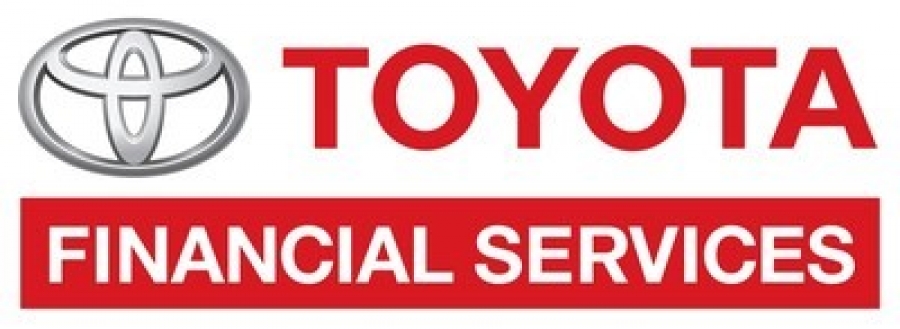

Settlement, traditionally occurring a few days later, where the funds are settledĭebit, on the other hand, means accessing the cardholder’s earned funds in real-time.Authorization, where the funds are “held”.Credit allows someone to access a pre-approved monthly amount of funds and is completed as two unique calls: It’s important to understand that credit and debit are fundamentally different from each other. Debit was introduced in the latter half of the ‘ 60s alongside the introduction of ATMs - automated teller machines. The first credit card was introduced in 1946 and by the 1960s all the major players were in the game. The currency (gold and other metals) was abstracted, and a token (check) was used to allow funds to be transferred.īanking and payment methods continued to evolve. While today we think of tokenization as digital payment methods or blockchain, the first tokenization was a check.

Tokenization is a good example of this payment evolution. It began in the early days of banks - around 2000 BCE - and by the 1800s, the concept of banking and the use of saving accounts were spreading to the masses. The evolution of payments and the introduction of debit This blog will outline the differences between payment options for American and Canadian retailers and customers. Not only will this help you confidently complete transactions but, as a business operator, you will know how debit payments are taken at your own payment terminals. As restrictions lessen and travel between countries becomes more common, understanding the payment differences between countries will be important.


 0 kommentar(er)
0 kommentar(er)
